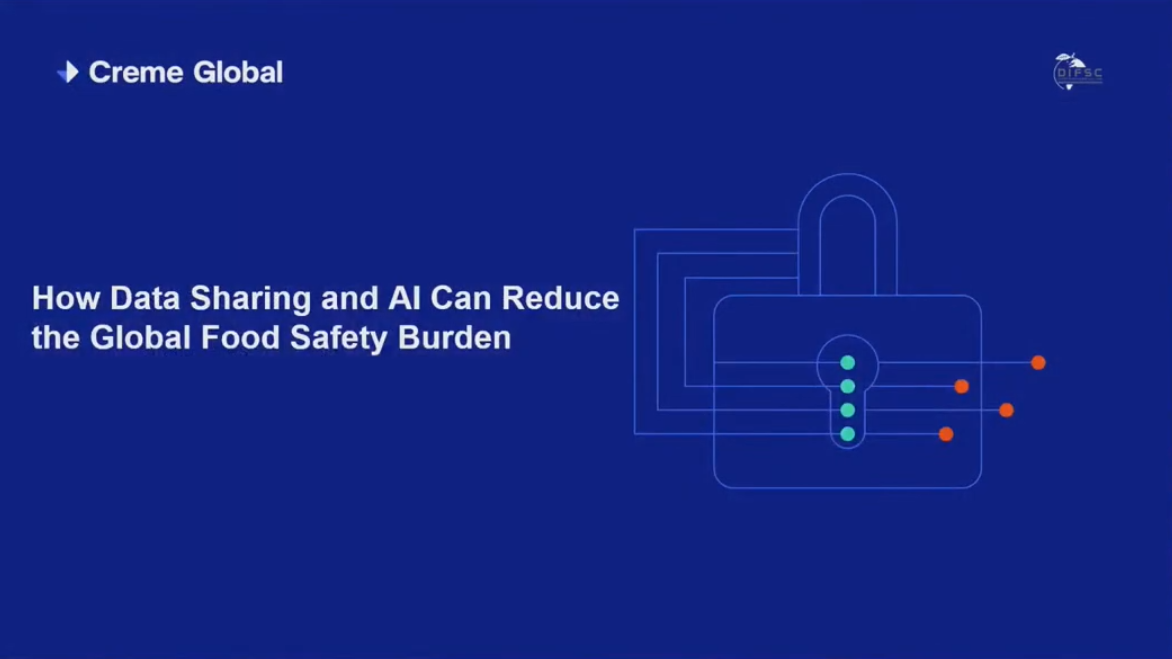Sugar has many roles in food products, beyond its sweetening properties such as texture, appearance, and flavour balance. Replacing sugar is not a matter of simple substitution or elimination, as is often the case with salt reduction. Sensory properties such as texture and mouthfeel make a big difference when changing sugar-sweetened beverage formulations.
A wide range of sweetening ingredients are available to substitute for sugar in products. These have a range of different properties and there are important considerations associated with their useage. Due to differences in consumer acceptability of sugar alternatives, research is currently underway looking at technologies that affect sensory and taste perception as a means to reduce the sugar content of products.
Key remarks:
- Taste remains a very important driver in consumers purchase decisions. However, achieving great taste in calorie reduced and no-added-sugar products can be challenging. Stevia based sweeteners are (rapidly) growing in popularity but there are many other potential ingredients that can help manufacturers achieve sugar/calorie reduction targets.
- Due to the high prevalence of health issues like overweight and obesity in children and impaired glucose tolerance and diabetes in adults, sugar reduction or replacement is a no brainer. However, the current approaches followed by the food industry should be re-examined.
- To maintain a balanced diet following sugar replacement, fat and protein intake should not increase, total carbohydrate should remain 55-75% of which free sugars should be 5-10% of total daily energy intake; the carbohydrate deficit caused by the removal of sugars should be filled with low- and non-glycaemic carbohydrates (i.e fibers).
The existing challenge for the food and beverage industry is to find a sweetening ingredient that can be used without compromising the integrity of a product, be part of a balanced diet and while being perceived by consumers as safe and tasty.
At Creme Global, we can calculate daily intakes and use predictive intake models to assess the impact new product formulation and/or reduced portion sizes can have on a given population. Also, we can identify optimal product formulations and overcome data gaps with probabilistic intake modeling. To find out more about our Food Data Science platforms and services, please contact us at info@cremeglobal.com.



